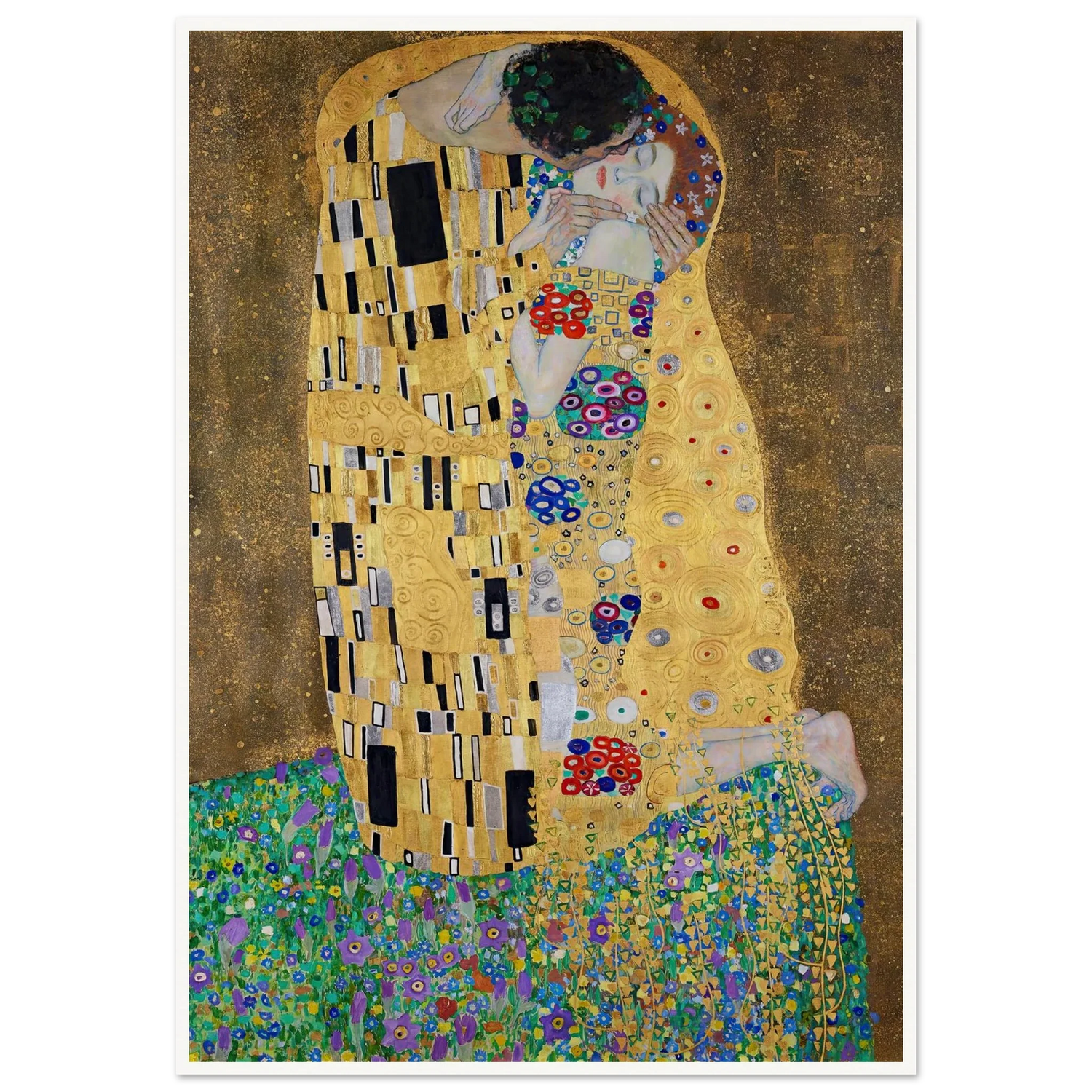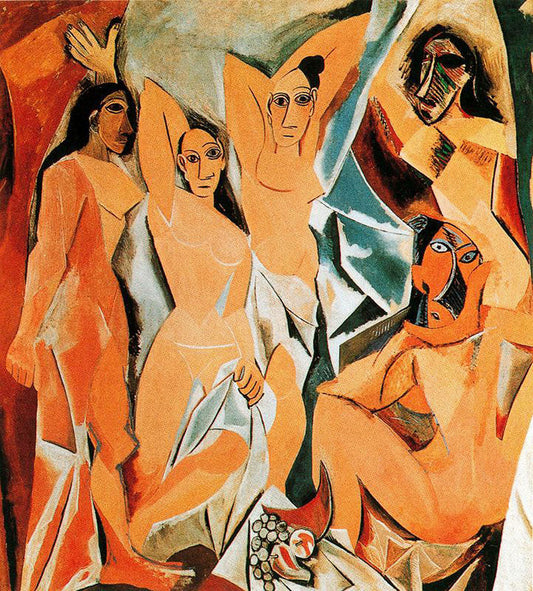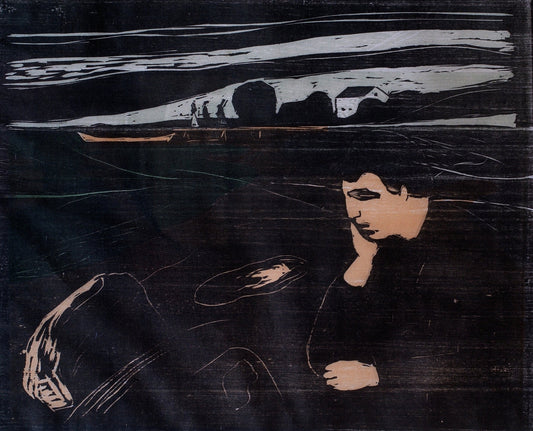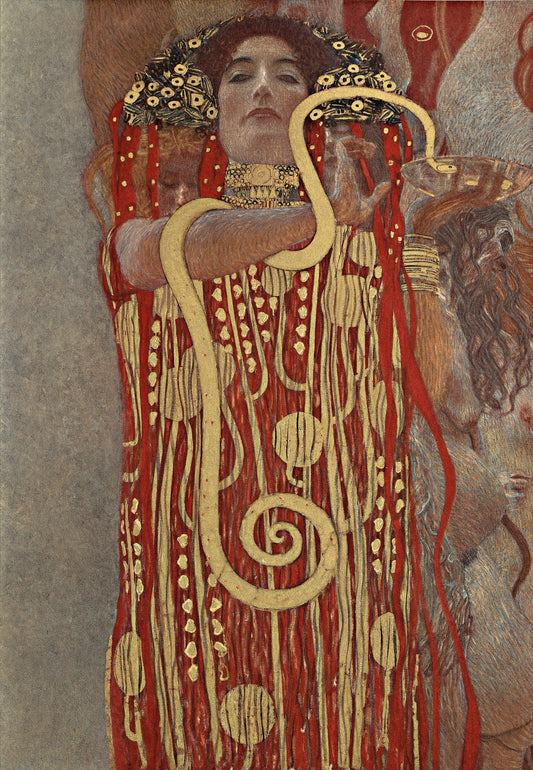Sundown (1884) by George Inness: A Meditation in Color for Your Walls
Share
George Inness’s Sundown (1884) is a painting that resists being pinned down to one mood. It is a landscape at twilight but it reads more like a meditation than a depiction of nature. The warm haze of the sky dissolves into layers of orange and gold that hover over fields and trees. What looks like a simple horizon turns into a study of perception, where light carries memory and feeling.

This painting belongs to a moment when American art was searching for identity. Inness, influenced by both the Hudson River School and European tonalism, let atmosphere dominate over detail. He stripped away the grandiose mountains and heroic vistas of his predecessors and gave us something closer to reverie. Sundown is not about topography. It is about sensation.
As wall art, the piece radiates warmth. The glowing horizon works in living rooms, bedrooms, or offices where you want stillness but not silence. Unlike sharper or cooler landscapes, this print softens the room. It invites reflection and slows down the eye. Hung above a sofa or opposite a window, the balance of darkened earth and illuminated sky plays against natural light in ways that shift throughout the day.
Choosing Sundown as a poster or framed art print is less about decoration and more about mood. It suggests quiet confidence and an appreciation for subtleties. Inness’s work does not shout. It glows. For a modern interior filled with straight lines and neutral tones, this painting adds both color and depth without breaking harmony.
To own a print of Sundown is to let a piece of 19th century America live in your home, a reminder that beauty can exist in transitions, in the moment when day leans into night.





